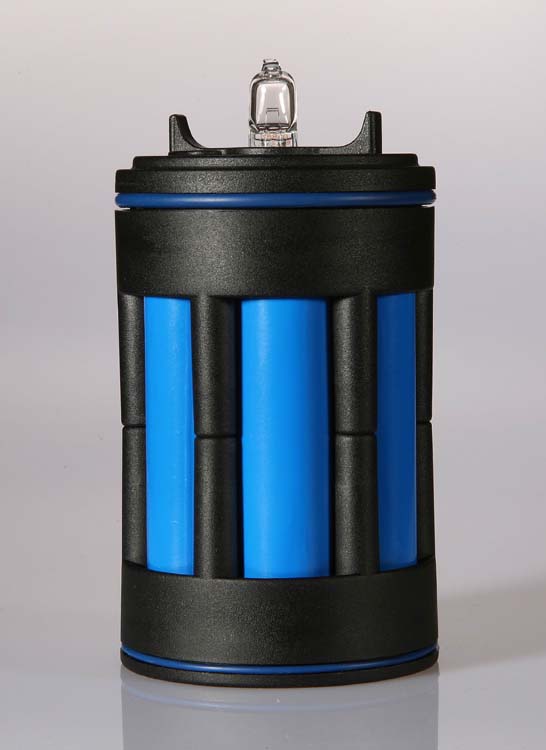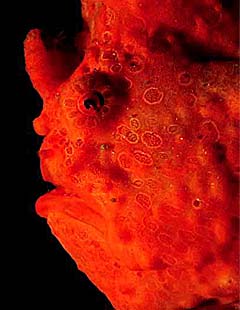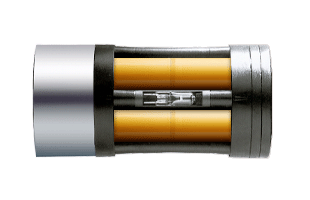Traditionelle Akku-Tecnology
Nickel-Cadmium
Nickel-Cadmium- (NC) und Nickel Metall-Hydrid- (NMH)
Akkumulatoren are generally described as being gas and acid sealed
cells. The position of the cells during the charging process is therefore
irrelevant as no electrolyte can escape. There is however no supplier
of cells that will guarantee this feature for the entire life of the
cells! During the charging or discharging process, the cells may produce
an over pressure inside, opening the integrated over pressure relief
valve.
Should this occur, the electrolyte, or Hydrogen can escape from the
cells.
Because the electrolyte is a very aggressive acid, and additionally
conducts electricity, this may lead to the galvanic corrosion of the
cells, and a destruction as a result of the contact with the acid. The
escaping hydrogen can combine with oxygen in the air and form a highly
explosive gas. A single cell the size of a standard D cell battery can
produce up to 25 litres,
(1 cu ft) of gas!
It is for this reason that Nickel-Cadmium cells and Nicke- Metall-Hydride
Cells should always be removed from a housing before they are recharged.
Only then is the safe use and longest possible life of the cells guaranteed.
Since the company's founding in 1983, we have manufactured powerful
underwater lamps using nickel cadmium re-chargeable cells. These cells
are extremely resilient to high power consumption. The cells are sturdy
and with the proper care and attention it is not unusual to reach over
10 years of reliable service with these cells.
Efforts are presently being undertaken to ban these cells for environmental
reasons (probably taking effect in 2008, the imminent introduction of
these regulations and the negative environmental implications of nickel
cadmium cells have driven us over the past 10 years to search for safe
and reliable power alternatives.




